The Legal Side of Brand Licensing: Key Terms, Pitfalls, and What to Avoid
Entering into a brand licensing agreement can be a lucrative move for your food or beverage company, but the legal complexities require careful attention. If you’re not diligent, you could end up with a contract that restricts your growth, drains your profits, or exposes you to unnecessary risks. In this post, we’ll break down the critical legal aspects of licensing agreements, highlight potential pitfalls, and point out contract language to watch out for.
Key Terms in a Licensing Agreement
Before signing any deal, make sure you understand these essential contract elements:
1. Grant of License
Defines what rights you are receiving (e.g., the right to use a brand name, logo, or specific product formulations).
Watch for overly restrictive terms—ensure the agreement allows you to use the brand in the way that makes sense for your product.
2. Territory & Distribution Channels
Specifies where you can sell the product (e.g., U.S. only, North America, global rights).
Clarifies which retail or online channels are allowed.
Ensure the territory aligns with your distribution plans and growth potential.
3. Exclusivity vs. Non-Exclusivity
Exclusive License: You’re the only company allowed to use the brand in your product category within a defined region.
Non-Exclusive License: Other companies may also produce similar licensed products.
If you’re paying a premium for exclusivity, confirm that it’s worth the investment and won’t be easily revoked.
4. Financial Terms & Royalties
Defines the royalty rate (percentage of sales or flat fees) and any upfront payments.
Pay close attention to minimum guarantees, which require you to pay a set amount regardless of sales.
Ensure the structure aligns with your projected revenues to avoid financial strain.
5. Quality Control & Approvals
Most licensors will impose strict guidelines for product formulation, packaging, and marketing.
Clarify the approval process—if it’s too restrictive, it could slow down production and lead to costly revisions.
Ensure there’s a reasonable cure period (time to fix issues) before penalties apply.
6. Marketing & Branding Requirements
Some contracts require a percentage of sales to be allocated toward co-branded marketing.
Check if you have creative freedom or if all marketing materials require licensor approval.
7. Contract Term & Renewal Conditions
Defines how long the agreement lasts and the conditions for renewal.
Look for early termination clauses—if the licensor can cancel the deal at will, ensure you have protections.
8. Termination & Exit Clauses
What happens if sales don’t meet expectations? Can you exit the agreement without severe financial penalties?
Ensure you have clear performance thresholds that protect you from abrupt terminations.
Look for sell-off periods—a grace period to sell remaining inventory if the contract ends.
Red Flags & Pitfalls to Avoid
1. Excessively High Minimum Guarantees
Some licensors require minimum payments regardless of sales. If the guarantee is too high, you might be locked into a financially unsustainable deal.
2. One-Sided Termination Clauses
Avoid contracts where the licensor can terminate the agreement at any time without cause, leaving you with unsellable inventory.
3. Unclear Quality Control Provisions
If approvals take too long or the licensor has vague quality requirements, your product launch could face unnecessary delays and added costs.
4. Restrictions on Product Innovation
Some contracts prevent you from modifying the product or expanding into related categories. Ensure the agreement allows for reasonable innovation.
5. No Protection for Unsold Inventory
If the agreement ends, make sure you have time to sell off existing stock before you’re forced to remove the product from the market.
Final Thoughts
A well-structured licensing agreement can be a powerful tool for growth, but a poorly negotiated contract can be a costly mistake. By understanding key terms, avoiding red flags, and working with an experienced attorney, you can secure a deal that benefits your business while minimizing risk.
Are you considering a licensing deal? Let’s discuss how to structure an agreement that protects your interests!
